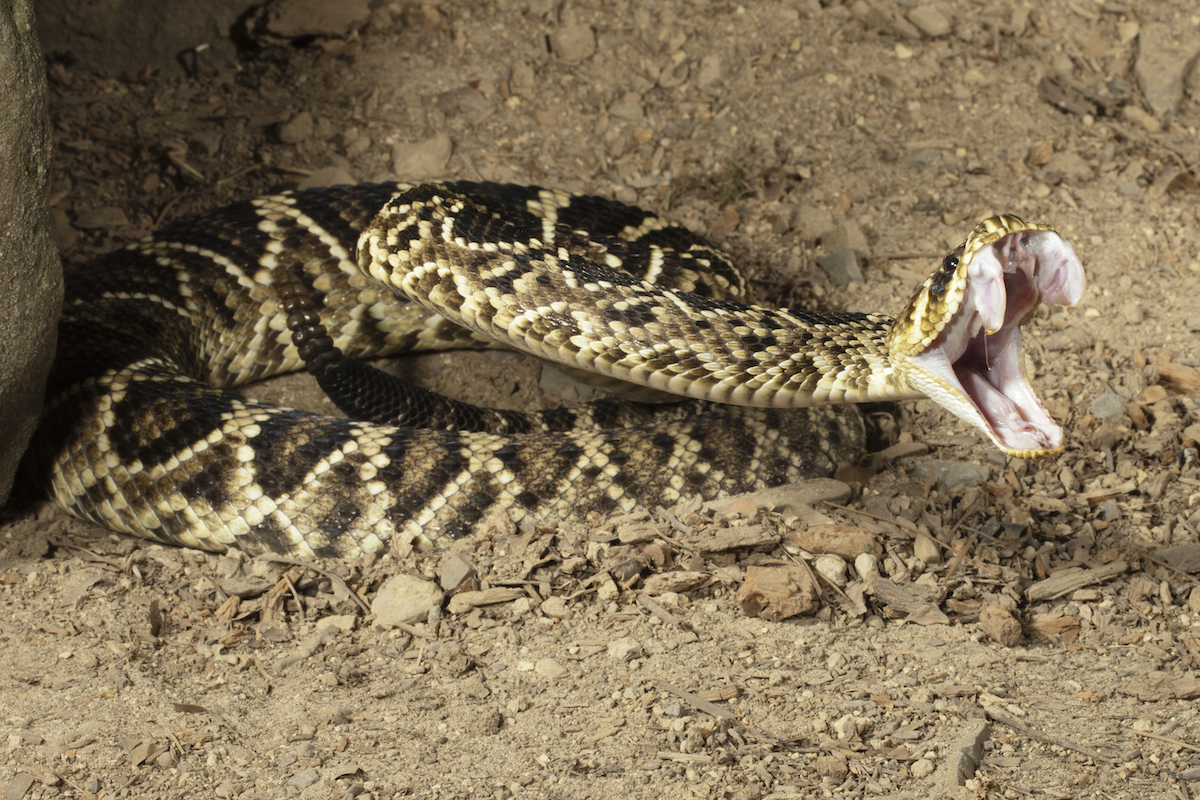

When it comes to venomous snake bites, public health professionals advise you to do a couple of things if you’ve been bitten. First and foremost, stay calm and seek immediate medical care. They also provide you with a long list of things you shouldn’t do, which range from the obvious to the ridiculous to what seems to be counterintuitive.
Videos by Outdoors with Bear Grylls
To learn more about the ways you shouldn’t treat a snake bite, we talked to Dr. William Rushton. He practices emergency medicine and medical toxicology. He’s also the medical director at the Alabama Poison Information Center and co-director of the Comprehensive Snakebite Program, a partnership between the University of Alabama at Birmingham and Children’s of Alabama.
While Rushton shared the medical reasoning behind the dos and don’ts of treating snake bites, he also opined on how pseudo-treatments became so pervasive. He said he thinks “it’s encoded in our DNA to have high anxiety about snakes”, and, out of fear, people have tried to come up with their own remedies to treat snake bites.
“They tried different things and passed them down from generation to generation, which is why these techniques are so outdated and not effective and, in many cases, can increase the risk (of a snake bite),” Rushton said.
Do Not Try to Trap It
You shouldn’t try to trap or grab the snake that bit you. The reason why is both obvious and not so obvious.
The obvious answer is you don’t want the snake to bite you again. Rushton explained that snakes — alive or dead — can still be venomous after they bite.
“Snakes tend to retain, even after they’re dead, a biting mechanism anywhere up to 45 minutes and could actually still envenomate you,” he said. So, instead of running around like a chicken with its head cut off, a dead snake could actually bite.
The not-so-obvious explanation is that in the U.S., it’s not as important to know the exact species of snake that bit you. Rushton explained that “both of the commercially available anti-venoms for North American pit vipers are FDA approved to treat all North American pit viper bites.”
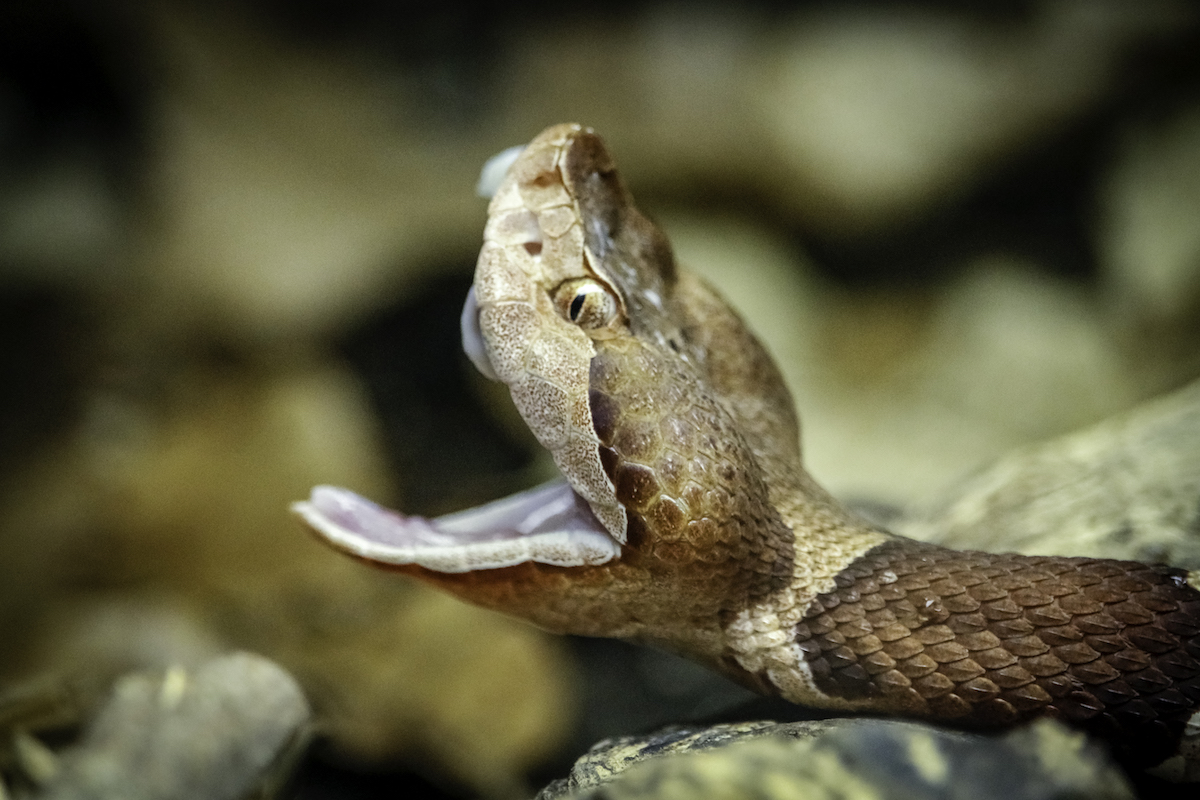
And pit vipers, such as copperheads, cottonmouths, and rattlesnakes, are the most common types of venomous snake bites in the U.S. The exception, as Rushton pointed out, is a bite from a coral snake, but these snakes are much less common and limited to certain parts of the southeast. However, there’s also anti-venom for coral snake bites.
In short, Rushton said: “We don’t actually need to see the snake to identify it as venomous or not, and it’s pretty dangerous to even pick up a dead snake.”
Do Not Apply A Tourniquet
Maybe you’ve attended some kind of wilderness training course and the instructor told you to apply a tourniquet if you’ve been bitten by a snake to slow the spread of the venom. While it’s what the World Health Organization recommends, Rushton said it’s not the guidance provided by U.S. public health professionals.
Rushton explained that compared to other areas of the world, such as Southeast Asia, the U.S. experiences very few snake-bite deaths each year (the Centers for Disease Control reports approximately five annually). That’s largely because the U.S. has more experience in treating snake bites, it has higher-quality anti-venom technology, and “our snakes tend to be not as deadly.”
While it may make sense to apply a tourniquet in areas where you can’t get care quickly, that’s not the case in the U.S. “The reason is, even if someone does get venom into their circulation, our expertise and our anti-venom is sufficient to counteract systemic threats from the venom,” Rushton said.
Therefore, in the U.S., applying a tourniquet after a snake bite would impede the vascular flow to an area of your body and cause unnecessary damage.
Do Not Cut The Wound and Suck Out The Venom
These are actually two rules, but Rushton explained they often go hand-in-hand. Back in the wild west days, the process of sucking the venom out of a snake bite typically started with opening up the wound for easier access. You can see this tactic on display in the film True Grit when Rooster Cogburn makes tiny incisions in Mattie with his Bowie knife and then sucks the venom out and spits it onto the ground.
Rushton explained one reason you shouldn’t try to suck the venom out of a snake bite is because it’s ineffective. You can’t actually separate snake venom from blood with just your mouth. And while there are consumer products available that claim to be able to extract the venom from a bite, they just end up giving you a hickey over the bite mark.
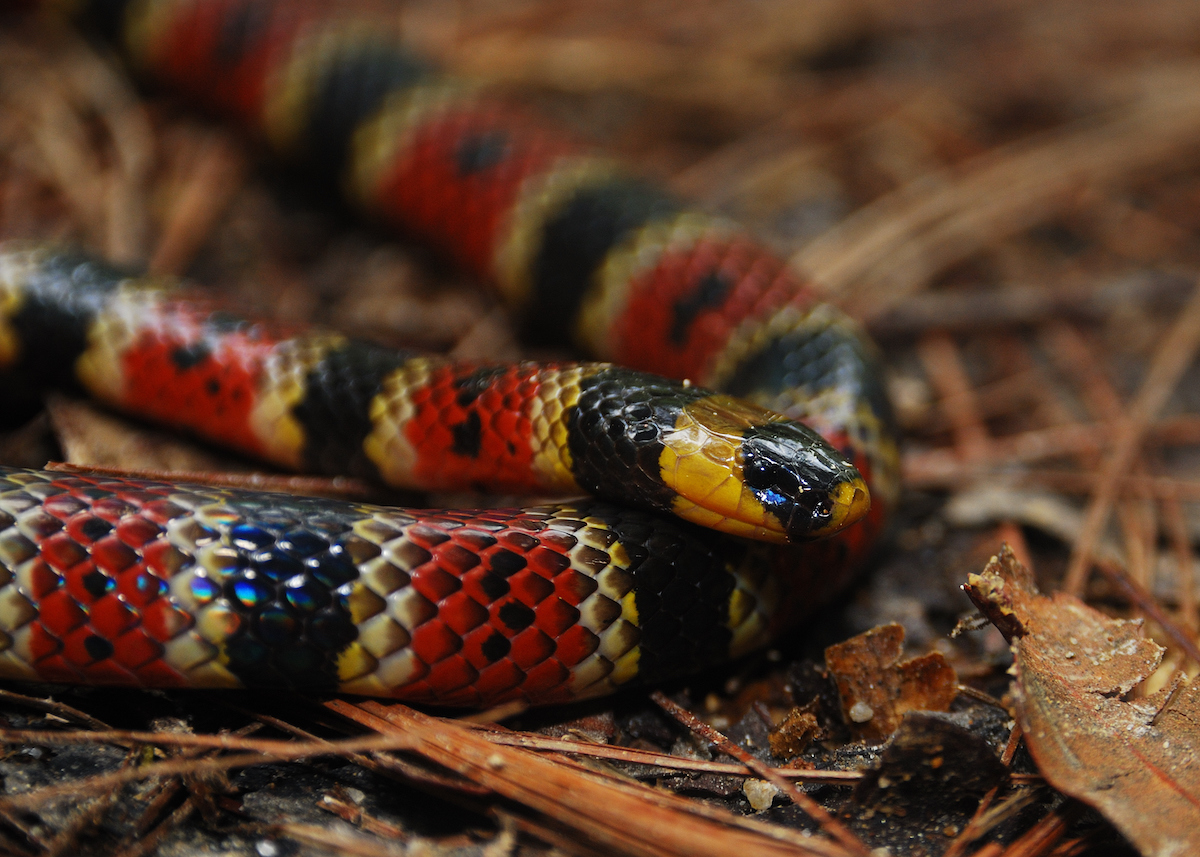
In reality, the main reason this is a terrible idea is because the human mouth is full of germs, which could cause a secondary infection. “All sorts of terrible bacteria live in the human mouth,” Rushton said, adding, “We’ve actually seen some pretty bad infections on people’s arms and legs where some helpful bystander tried to suck out the venom and inadvertently caused an infection.”
Do Not Apply Cold or Electricity
While applying an ice pack might be one of the best ways to reduce swelling, it’s actually counterproductive for snake bites. “Ice is good for everything except snake bites,” Rushton said.
He explained that icing a bite could localize the venom so it’s concentrated in a small area and cause necrosis, or the death of cells due to infection. And when that happens, it could result in amputation.
As for electricity, Rushton explained that treating snake bites using a localized electric current became a thing in the 1990s, and the myth has persisted online. “There’s really no good scientific reason to apply an electrical current to a snake bite,” he said. And the procedure is beyond ineffective, it’s actually dangerous because you could burn yourself.
Rushton does recommend that you wash the snake bite with soap and water to remove any bacteria while you’re on your way to the hospital.
Do Not Consume Alcohol or Medicine
If you’re in extreme pain, your instinct might be to take something to numb that pain, but Rushton explained that some over-the-counter pain relievers like ibuprofen or naproxen could prevent your blood from clotting. In other words, you could bleed to death if you take it after a snake bite.
“It’s better to get evaluated by a healthcare professional and get lab work done and then discuss [treatments] with your treating physician,” he said.
However, if you desperately need to take the edge off, you could take acetaminophen, aka Tylenol, because it won’t thin your blood, but the best thing to do is to get to an emergency room as soon as you can.
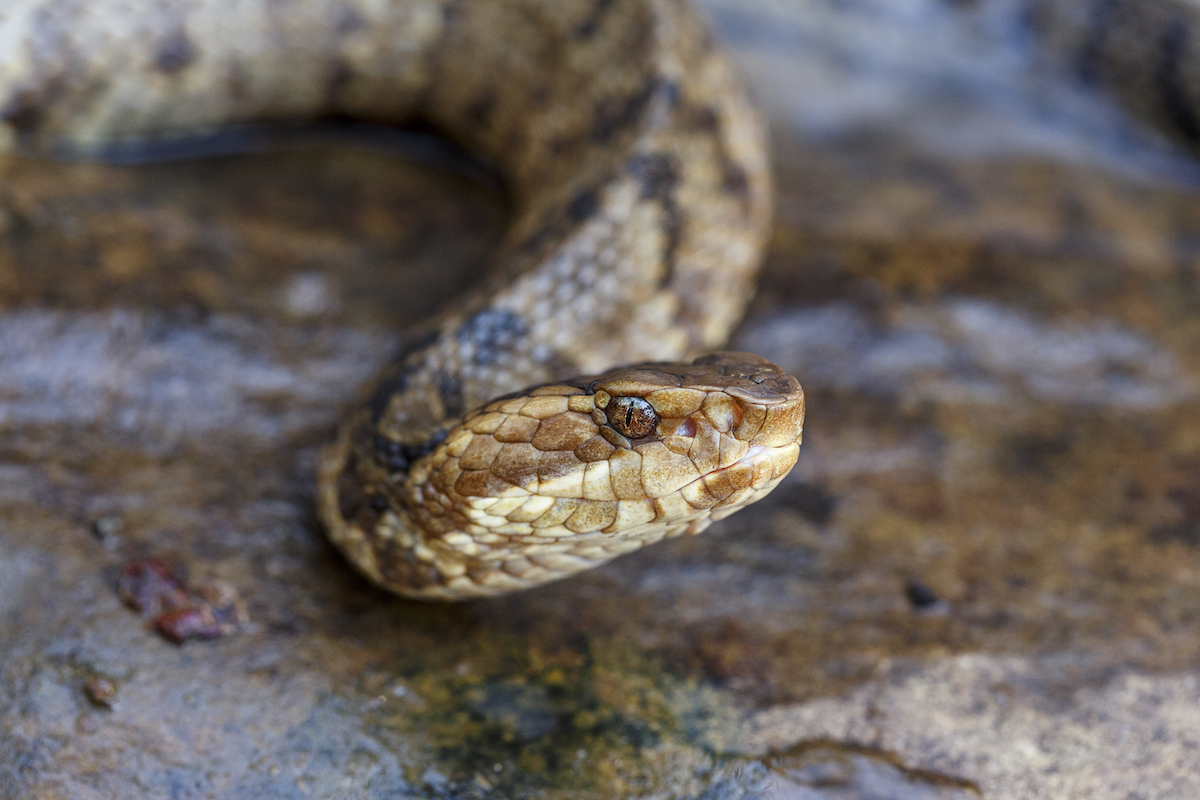
Some Usable Advice
If a snake bites you, Rushton recommends that you immediately go to an emergency medical care facility. “Don’t take a risk with snake bites,” he said. “Go in and get evaluated.”
If you have questions about snake bites, whether you’re a medical professional or a member of the general public, Rushton advises that you contact your local poison control center. “Snake care is so regionalized . . . so your poison center, wherever you are in the United States, is going to be your local expert for treating snake bites in that area.”
For more information on snake bites, go to America’s Poison Centers or call 1-800-222-1222.





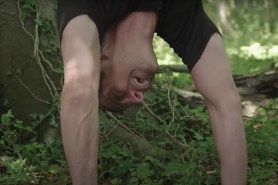




Pingback: Rattlesnake savvy - Boondocker Camping